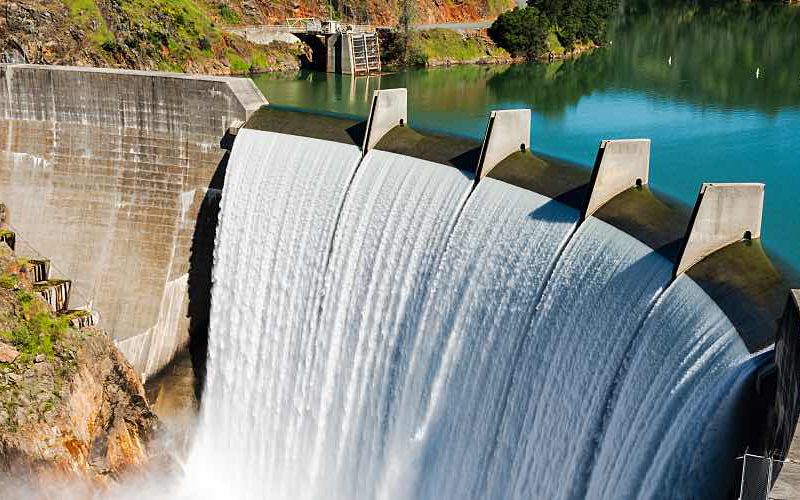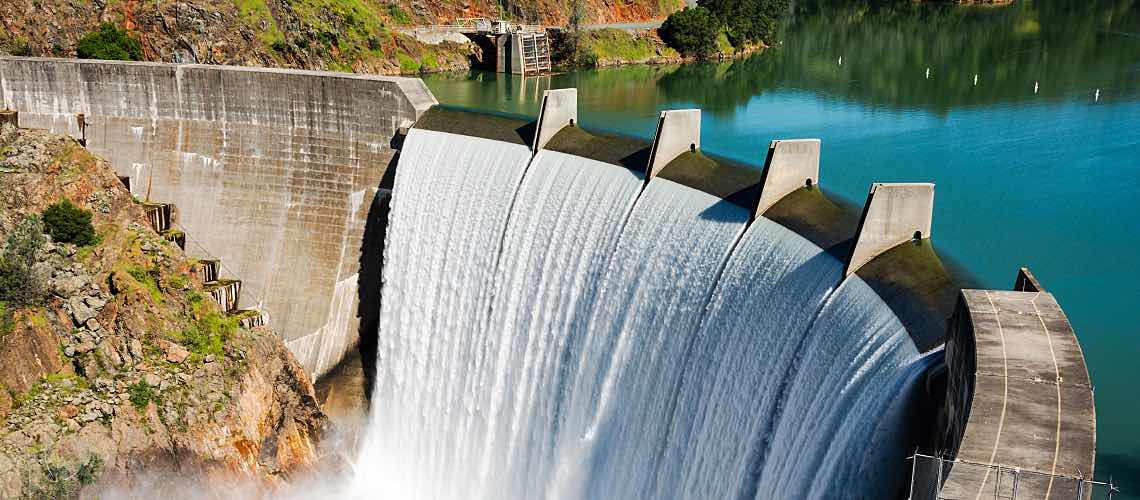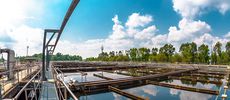California's Total Coliform Rule Revision Goes Into Effect


As summer brings record-breaking temperatures to California and the state government lifts pandemic restrictions, conditions become ripe for dangerous bacteria growth in water distribution systems. State water lab managers must learn and understand the new regulatory requirements for the California Revised Total Coliform Rule (rTCR), which aims to protect the state's water distribution systems from microbial contamination. Important changes include switching from total coliform to E. coli for the maximum contaminant level (MCL) and introducing a "find and fix" approach to investigation. The updated rule goes into effect on July 1, 2021.
Although some aspects of the state's rule overlap with the Environmental Protection Agency's (EPA) rTCR, there are key differences. Routine and repeat sampling remain the same, but professionals at water utility labs and private labs in California might need to enumerate their E. coli results if there's been more than one violation or trigger.
Warmer temperatures, stagnant water, and variable disinfectant levels increase the risks to public health. Here's what California pros need to know heading into this critical time for water testing.
New Notifiable Maximum Containment Level
Despite what the name suggests, California's rTCR replaces the total coliform MCL with an E. coli regulatory limit. This follows the EPA's focus on E. coli as being more indicative of fecal intrusion into water systems.
Under the state's find-and-fix approach, certain conditions prompt a Level 1 or Level 2 assessment, or possibly even a public notice. If a water system that collects fewer than 40 routine and repeat samples per month has more than one total coliform-positive sample in a month, that triggers a Level 1 assessment. The same is true for a water system collecting 40 or more samples per month that sees more than 5% total coliform-positive samples in a month, according to the California Water Boards.
Starting in July, a water system in the state exceeds the MCL if any of four triggers are met:
- An E. coli-positive repeat sample following a total coliform-positive routine sample
- A total coliform-positive repeat sample following an E. coli-positive routine sample
- Failure to collect all required repeat samples after an E. coli-positive routine sample
- Failure to test for E. coli when any repeat sample is total coliform-positive
California adopted the "failure to collect" and "failure to test" conditions from the federal rTCR. "The Level 2 assessment will require the water system to identify a possible cause to the total coliform-positive samples and corrective actions," the State Water Resources Control Board website explained. "However, the Level 2 assessment will be performed by the local regulating agency."
One of the main differences between the previous rule and the revised rule is that California labs may be required to test enumeratively rather than looking for the presence or absence of E. coli in a bottle. This type of testing calls for specialized equipment and materials to provide accurate bacterial counts.
The state rule also affects seasonal non-community water systems, such as the ones at some campgrounds and hotels. According to the RTCR, each system must have a written and approved startup procedure that includes an inspection of system components, disinfection and flushing, coliform and chlorine residual monitoring, certified distribution operators who can perform those steps, as well as notification to the local regulating agency as soon as the system starts up.
State-Specific Resources Available
The State Water Resources Control Board's Division of Drinking Water published several resources to help professionals with the rTCR. These materials include startup and shutdown procedures for seasonal non-community water systems and a PowerPoint presentation from March 2017, when the rule was in the draft stage, that provides details about the new requirements and highlights notable changes.
Analytical methods for the revised rule can be found in this California Water Boards document with additional information available on the Environmental Laboratory Accreditation Program website. As temperatures across the state reach highs well over 100ºF and extreme drought conditions spread, protecting water quality in distribution systems becomes even more crucial. Getting up to speed on the revised rule supports regulatory compliance and helps safeguard public health.






